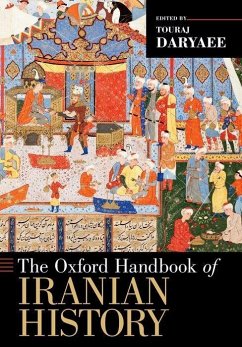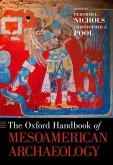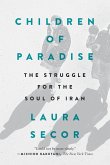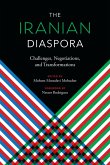The Oxford Handbook of the History of Iran proceeds chronologically through the history of Iran, from ancient times to the present. This reliable and accessible collection of essays can serve as an introduction to the field of Iranian studies and a useful review for practicing scholars.
This Handbook is a current, comprehensive single-volume history of Iranian civilization. The authors, all leaders in their fields, emphasize the large-scale continuities of Iranian history while also describing the important patterns of transformation that have characterized Iran's past. Each of the chapters focuses on a specific epoch of Iranian history and surveys the general political, social, cultural, and economic issues of that era. The ancient period begins
with chapters considering the anthropological evidence of the prehistoric era, through to the early settled civilizations of the Iranian plateau, and continuing to the rise of the ancient Persian empires. The medieval section first considers the Arab-Muslim conquest of the seventh century, and then
moves on to discuss the growing Turkish influence filtering in from Central Asia beginning in the tenth and eleventh centuries. The last third of the book covers Iran in the modern era by considering the rise of the Safavid state and its accompanying policy of centralization, the introduction of Shi'ism, the problems of reform and modernization in the Qajar and Pahlavi periods, and the revolution of 1978-79 and its aftermath. The book is a collaborative exercise among scholars specializing in a
variety of sub-fields, and across a number of disciplines, including history, art history, classics, literature, politics, and linguistics. Here, readers can find a reliable and accessible narrative that can serve as an authoritative guide to the field of Iranian studies.
This Handbook is a current, comprehensive single-volume history of Iranian civilization. The authors, all leaders in their fields, emphasize the large-scale continuities of Iranian history while also describing the important patterns of transformation that have characterized Iran's past. Each of the chapters focuses on a specific epoch of Iranian history and surveys the general political, social, cultural, and economic issues of that era. The ancient period begins
with chapters considering the anthropological evidence of the prehistoric era, through to the early settled civilizations of the Iranian plateau, and continuing to the rise of the ancient Persian empires. The medieval section first considers the Arab-Muslim conquest of the seventh century, and then
moves on to discuss the growing Turkish influence filtering in from Central Asia beginning in the tenth and eleventh centuries. The last third of the book covers Iran in the modern era by considering the rise of the Safavid state and its accompanying policy of centralization, the introduction of Shi'ism, the problems of reform and modernization in the Qajar and Pahlavi periods, and the revolution of 1978-79 and its aftermath. The book is a collaborative exercise among scholars specializing in a
variety of sub-fields, and across a number of disciplines, including history, art history, classics, literature, politics, and linguistics. Here, readers can find a reliable and accessible narrative that can serve as an authoritative guide to the field of Iranian studies.








